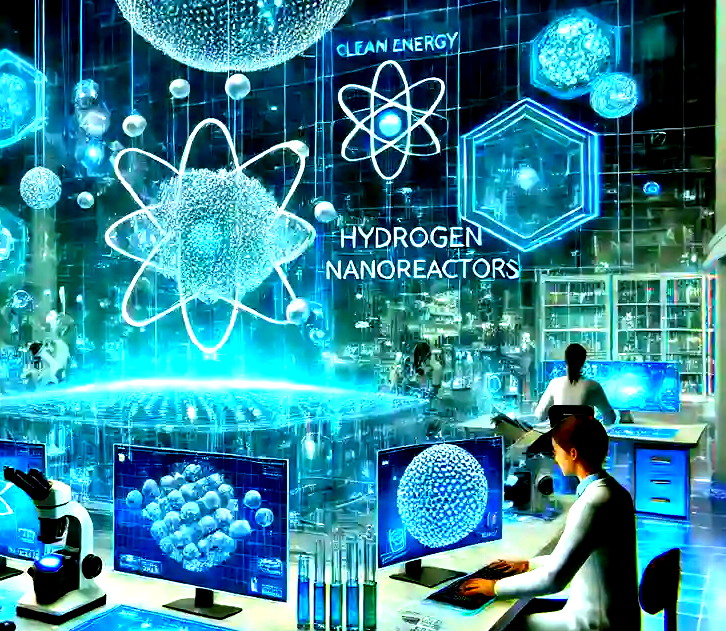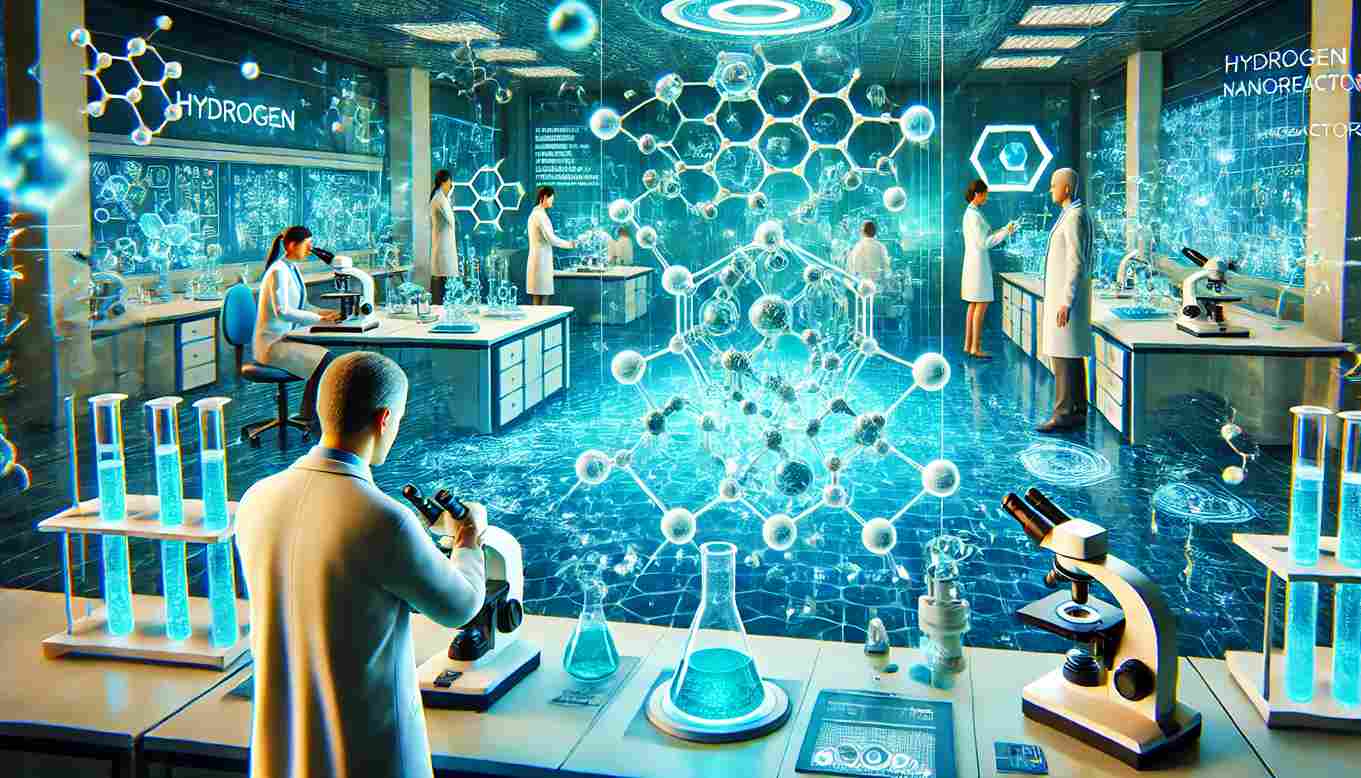
In the search for cleaner, more sustainable energy sources, a major breakthrough has recently occurred. Researchers have developed a hydrogen nanoreactor, a revolutionary new technology that could change the way we generate and use energy. But what exactly does this mean, and why is it so exciting for the future of clean energy? Let’s break it down.
How Does It Work?
The hydrogen nanoreactor operates by using specially designed nanoparticles to help produce hydrogen more efficiently. These nanoparticles work to break down hydrogen from water or other compounds, in a process called electrolysis, at a much faster rate and with less energy than traditional methods. One of the key advantages of this nanoreactor is its ability to work at room temperature, making it far more energy-efficient than previous hydrogen production methods, which often require high heat or pressure. The nanoreactor’s small size and advanced design also make it incredibly efficient in terms of both energy output and cost.

Why Is This a Game-Changer for Clean Energy?
This innovation is a significant step forward in the clean energy race for several reasons:
- Efficient Hydrogen Production: Hydrogen is often touted as a promising clean fuel for the future. However, producing it in a cost-effective way has been a major hurdle. The hydrogen nanoreactor allows for more efficient production, making hydrogen a more viable alternative to fossil fuels.
- Sustainable Energy: When hydrogen is used as a fuel, it only produces water vapor as a byproduct, making it one of the cleanest energy sources on the planet. By improving the way we produce hydrogen, the nanoreactor can help reduce greenhouse gas emissions and combat climate change.
- Affordable and Scalable: Traditional hydrogen production methods are expensive and energy-intensive. With the hydrogen nanoreactor, researchers have developed a system that can produce hydrogen at a fraction of the cost and energy required by current methods. This makes the widespread use of hydrogen fuel a realistic goal for the future.
- Versatility: Hydrogen can be used in a variety of ways, from powering vehicles to providing energy for homes and industries. With the hydrogen nanoreactor, this versatile energy source can be produced and stored more efficiently, paving the way for a cleaner, more sustainable energy future.
The Future of Clean Energy
The hydrogen nanoreactor is just the beginning of what could be a major revolution in clean energy. As researchers continue to refine this technology, we can expect even more efficient and affordable ways to produce hydrogen on a global scale. This could lead to a future where hydrogen fuels everything from cars to power plants, all without harming the environment. Hydrogen could become a key player in reducing our reliance on fossil fuels, improving air quality, and helping to fight climate change. With advancements like the hydrogen nanoreactor, the dream of a cleaner, more sustainable energy future is becoming a reality.
Conclusion
The development of the hydrogen nanoreactor is an exciting breakthrough in the world of clean energy. By making hydrogen production more efficient, affordable, and sustainable, this technology has the potential to revolutionize how we generate and use energy. It’s a small device with the potential to create a big impact on the future of our planet, helping to pave the way for a cleaner, greener world.